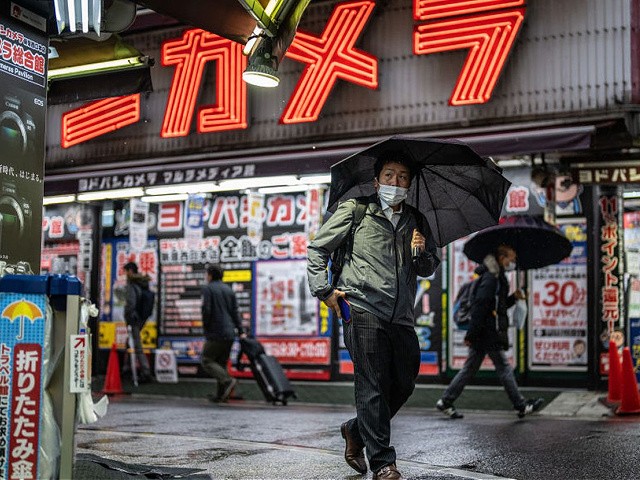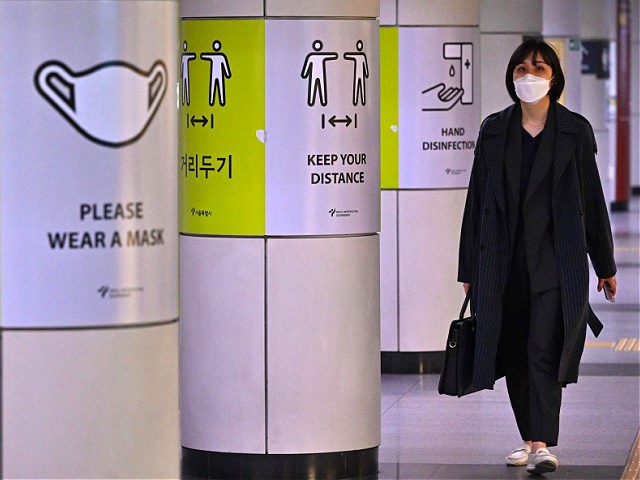South Korea’s government on Monday dropped nearly all pandemic-related social gathering restrictions in an effort “to move on from the COVID-19 [Chinese coronavirus] pandemic,” Yonhap News reported, two days after Japan’s government announced the country “no longer needs to fully stop social activities” due to the disease.
“South Korea lifted most coronavirus restrictions Monday, except the mask mandate, in a major step toward returning to pre-pandemic life,” the Seoul-based Yonhap News reported on April 18.
Yonhap described South Korea’s Chinese coronavirus caseload as “receding” on Monday and noted that the nation’s fatality rate for the disease was “0.13 percent.”
Japan’s government on Saturday indicated that the nation was headed toward a similar easing of social distancing restrictions as demonstrated by South Korea on Monday.
“We probably no longer need an option like fully stopping social activities,” Omi Shigeru, Japan’s top coronavirus adviser, told Kyodo News on April 16.
Kyodo News paraphrased Omi as saying Japan’s coronavirus situation had “entered a new phase and there is no more need to take measures such as shutting down schools and department stores.”

A man wearing a face mask passes along a street on March 18, 2022, in Tokyo, Japan. The Japanese government has announced it will lift coronavirus quasi-emergency measures that still cover a number of prefectures, including Tokyo and Osaka, on March 21, as infection rates continue to fall across the country. (Photo by Carl Court/Getty Images)
Japanese health officials recorded 49,768 new Chinese coronavirus cases on April 16, less than half of the 100,000-plus daily infections of the disease recorded in Japan in early February.
Japan’s federal government lifted a coronavirus “quasi-emergency” order in 18 of the nation’s 47 prefectures, including Tokyo, on March 22. The action marked the first time since January 8 that no pandemic-related emergency orders were in place in any Japanese prefectures.
The “quasi-emergency” had granted Japanese prefecture governors the ability to “urge bars and restaurants to close early or stop serving alcohol,” according to the Japan Broadcasting Association (NHK).
“Even if quasi-emergency measures are applied again, events could be held with full capacity if the organizer’s plan to reduce infection risks is approved by the local government,” NHK noted on March 21.
“From now on, for the time being, it will be a period in which we bring back ordinary lives as much as possible while maintaining the maximum caution and ensuring safety and security,” Japanese Prime Minister Kishida Fumio said at a press conference on March 16 when announcing plans to lift the “quasi-emergency” order.
Japan’s Ministry of Foreign Affairs announced on April 7 plans to raise its daily quota of overseas visitors to Japan to 10,000 by the end of the month, up from a previous 7,000. The ministry further announced that it would lift an entry ban for foreign nationals from 106 countries — including the U.S., U.K., and France — starting April 8. Japan has maintained strict border entry requirements throughout the Chinese coronavirus pandemic, repeatedly shutting down its borders to foreigners over the past two and a half years.

COMMENTS
Please let us know if you're having issues with commenting.